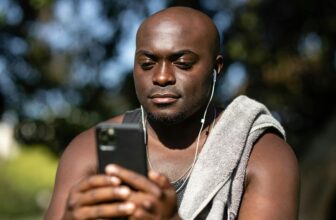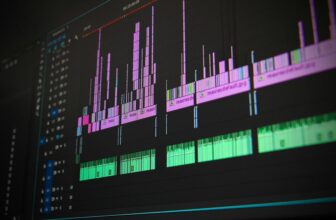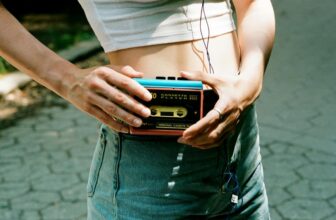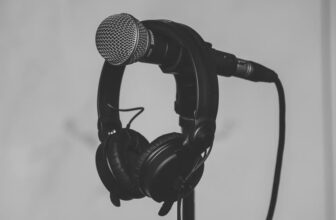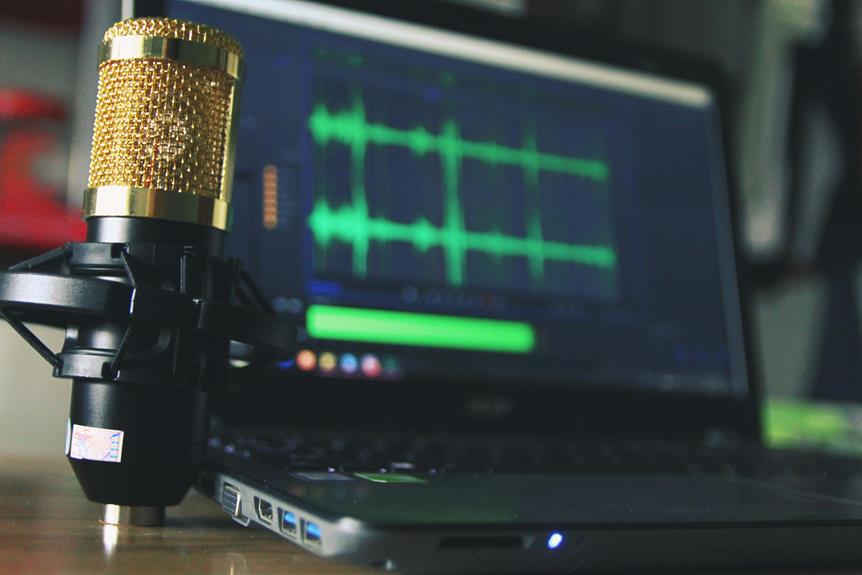
When striving to select the ideal microphone for podcasting, you must navigate through a myriad of options, each with distinct features and functionalities. From dynamic and condenser microphones to ribbon variants, the choices can be overwhelming. Consider factors like sensitivity, polar patterns, and durability to pinpoint the microphone that aligns perfectly with your podcasting needs. Your microphone choice can significantly influence the quality of your content, so it's crucial to make an informed decision. Remember, your microphone is the conduit through which your voice reaches your audience, so choose wisely.
Types of Microphones to Consider
When selecting a microphone for podcasting, consider the various types available to find one that suits your needs best. The first type to consider is the dynamic microphone. Dynamic microphones are durable, affordable, and great for recording in noisy environments due to their ability to isolate sound sources. If you're looking for a versatile option that can handle different recording situations, a dynamic microphone might be the right choice for you.
Another type to explore is the condenser microphone. Condenser microphones are known for their sensitivity and ability to capture subtle details in sound, making them ideal for capturing vocals and acoustic instruments with clarity. However, they're more sensitive to loud sounds and require phantom power to operate, so keep these factors in mind when making your decision.
Lastly, you might want to look into ribbon microphones. Ribbon microphones offer a smooth, warm sound and are often used in recording studios for vocals and instruments. They're delicate and require careful handling, but if you prioritize audio quality and are willing to invest in proper care, a ribbon microphone could elevate the sound of your podcast.
Key Features to Look For
Consider the key features that best align with your podcasting needs when evaluating different microphone options. Look for microphones with good sensitivity to capture clear audio without picking up too much background noise.
A microphone with a cardioid polar pattern is ideal as it focuses on sound from the front while minimizing noise from the sides and rear. Additionally, check for microphones with a frequency response that suits your voice or the voices of your podcast guests. Some microphones have built-in pop filters to reduce plosives, enhancing the overall sound quality.
It's also beneficial to choose a microphone with a durable build to ensure longevity, especially if you plan to transport it frequently. Consider the connectivity options as well; USB microphones are plug-and-play, while XLR microphones offer more professional sound quality but require additional equipment.
Budget-Friendly Options
For those podcasters on a tight budget, exploring cost-effective microphone options can help maintain audio quality without breaking the bank. One popular choice among budget-friendly microphones is the USB condenser microphone. These mics are affordable, easy to set up, and offer decent sound quality for podcasting.
Another option to consider is the dynamic microphone, which tends to be more budget-friendly than condenser mics. Dynamic microphones are durable, versatile, and can provide a warm sound to your podcast recordings.
If you're looking for a portable and inexpensive solution, lavalier microphones are a great choice. These small mics clip onto your clothing and can deliver good audio quality for solo podcasting or interviews.
Lastly, USB podcasting kits are worth exploring as they often come with a microphone, headphones, and accessories at an affordable price point. By considering these budget-friendly options, you can kickstart your podcasting journey without compromising on sound quality.
Tips for Testing and Comparison
To effectively assess different microphones for your podcasting setup, conduct thorough testing and comparisons to ensure the best audio quality for your recordings. Start by setting up a controlled environment where you can test each microphone under similar conditions. Record samples using each microphone while speaking at varying volumes and pitches to gauge how they capture different types of voices. Listen back to the recordings with headphones to discern nuances in sound quality, such as clarity, warmth, and background noise pickup. Pay attention to any distortions or unwanted noises that may affect the overall listening experience for your audience.
When comparing microphones, consider factors such as frequency response, sensitivity, directionality, and impedance to determine which one aligns best with your podcasting needs. Additionally, test how each microphone handles plosives, sibilance, and handling noise, as these can impact the overall sound quality of your recordings. By conducting thorough testing and comparisons, you can confidently select the right microphone that enhances the audio of your podcast episodes.

